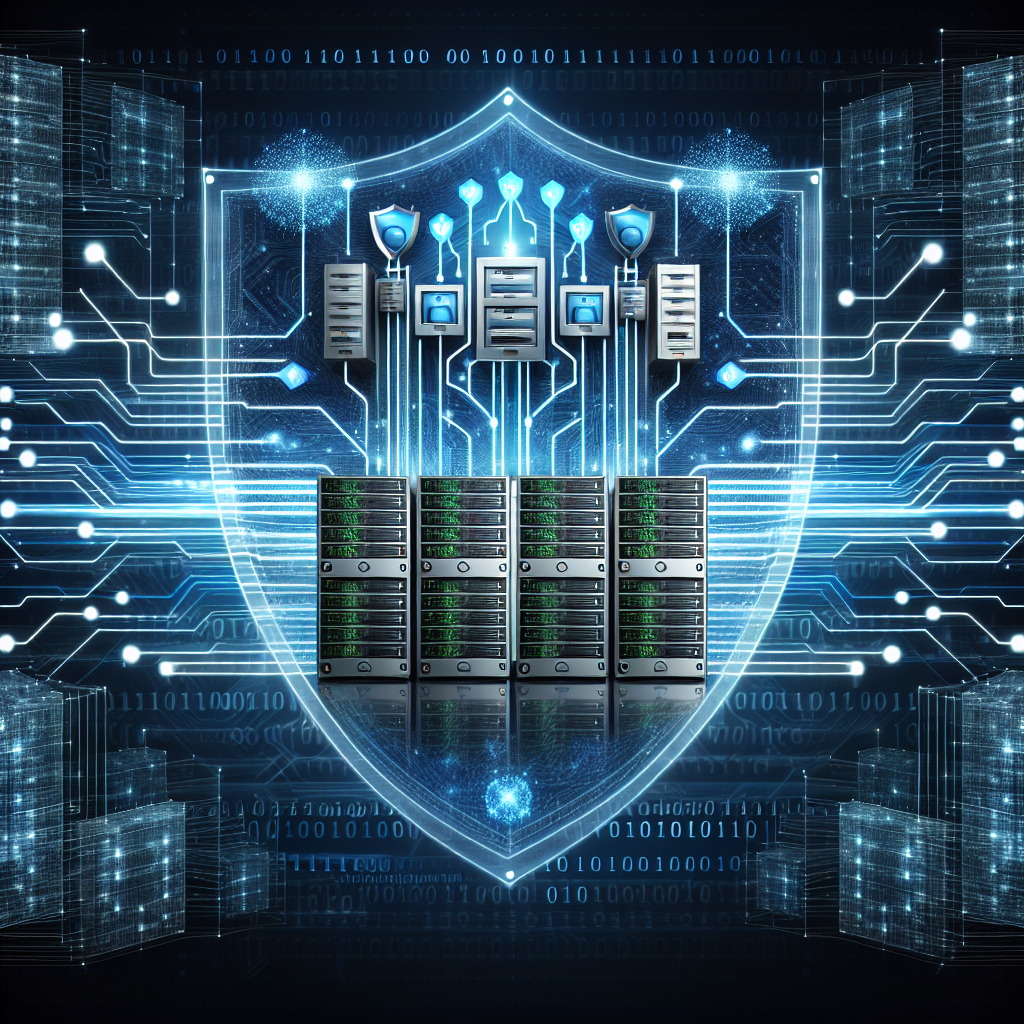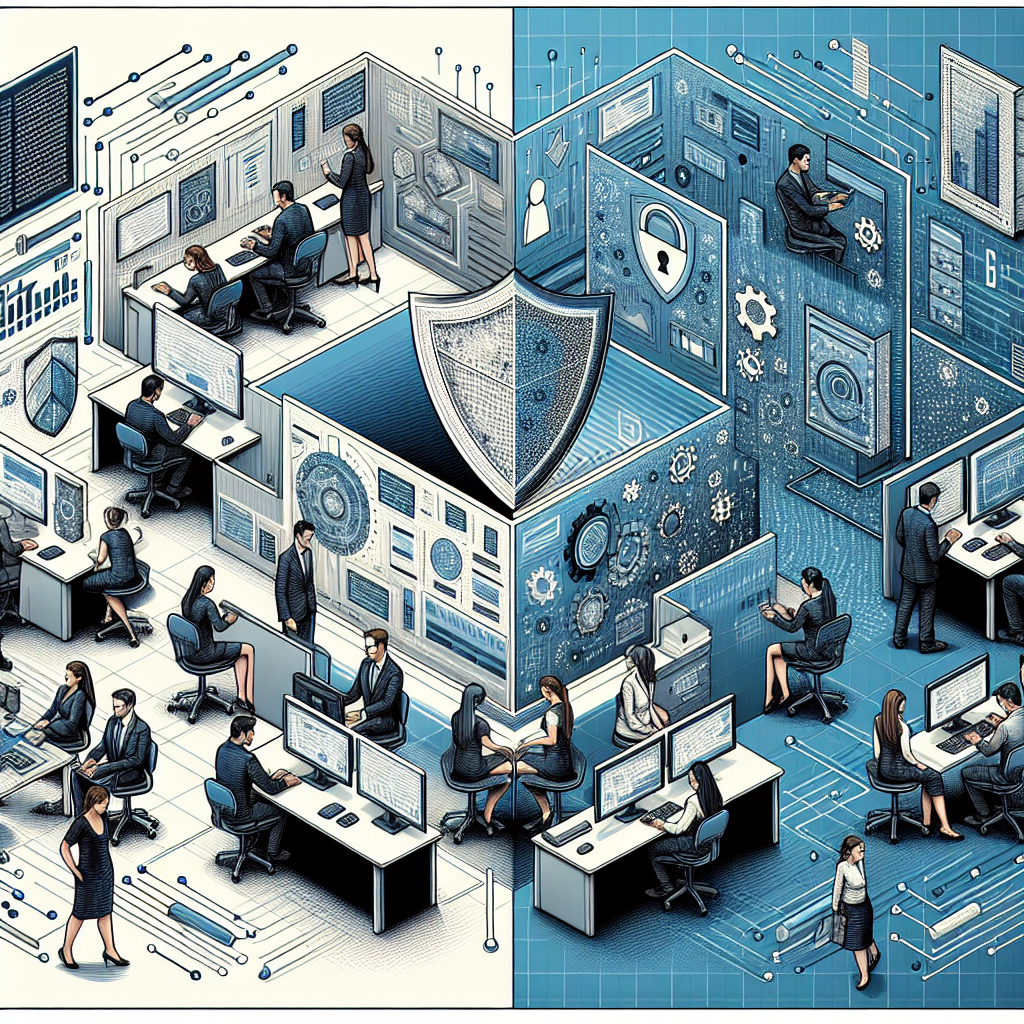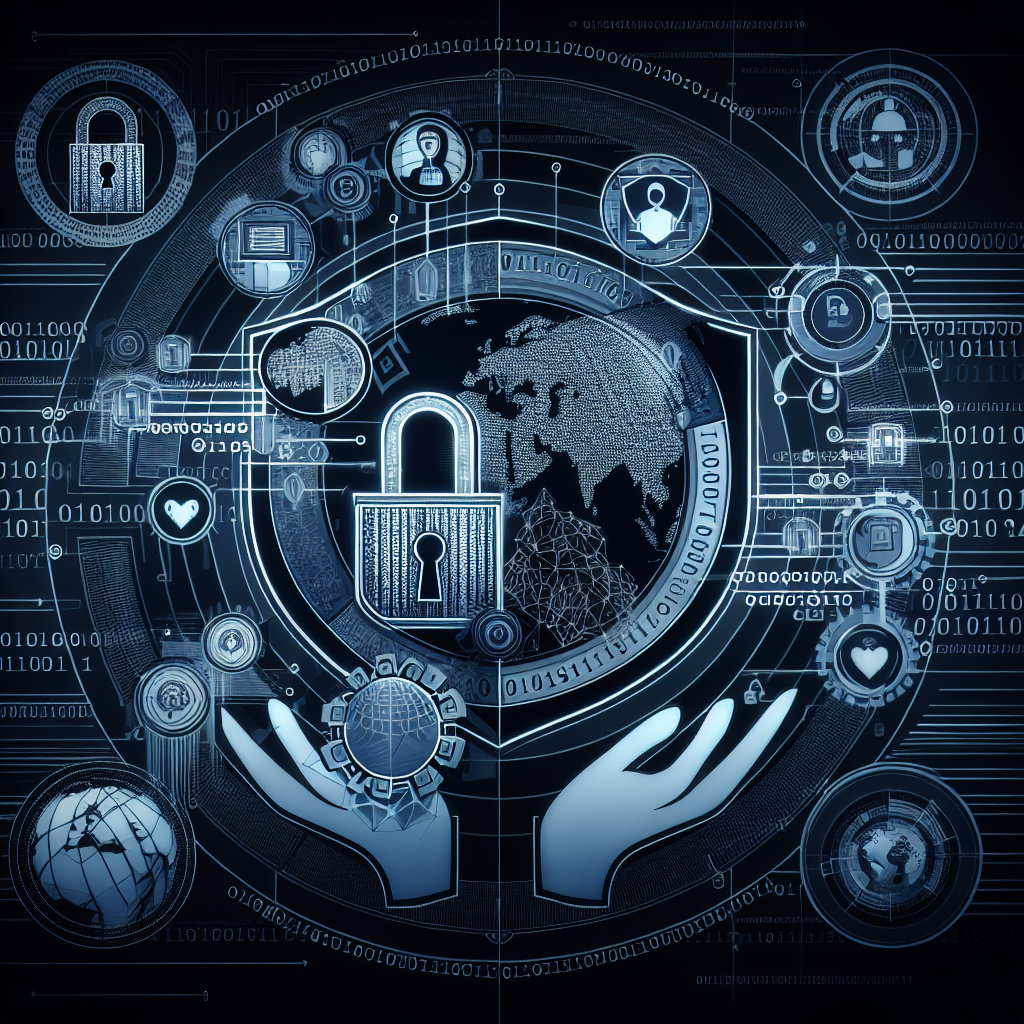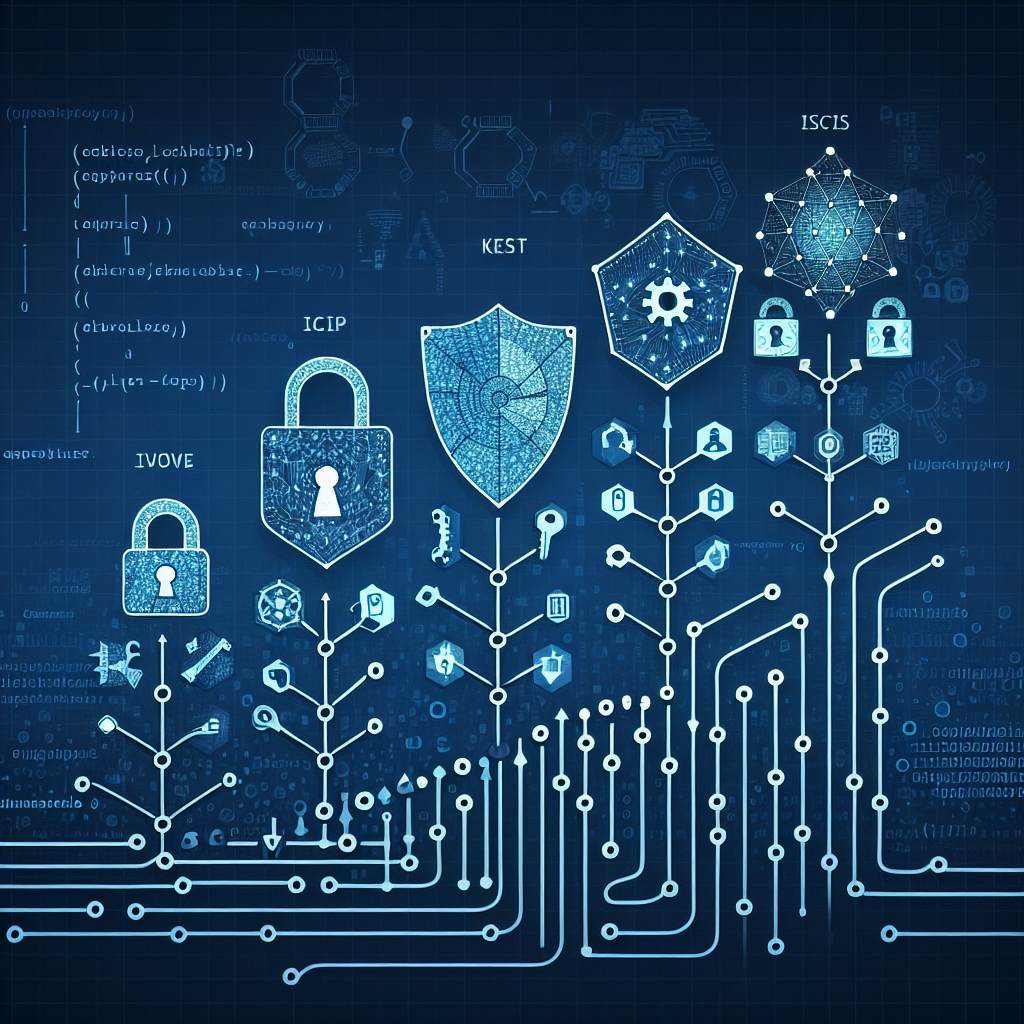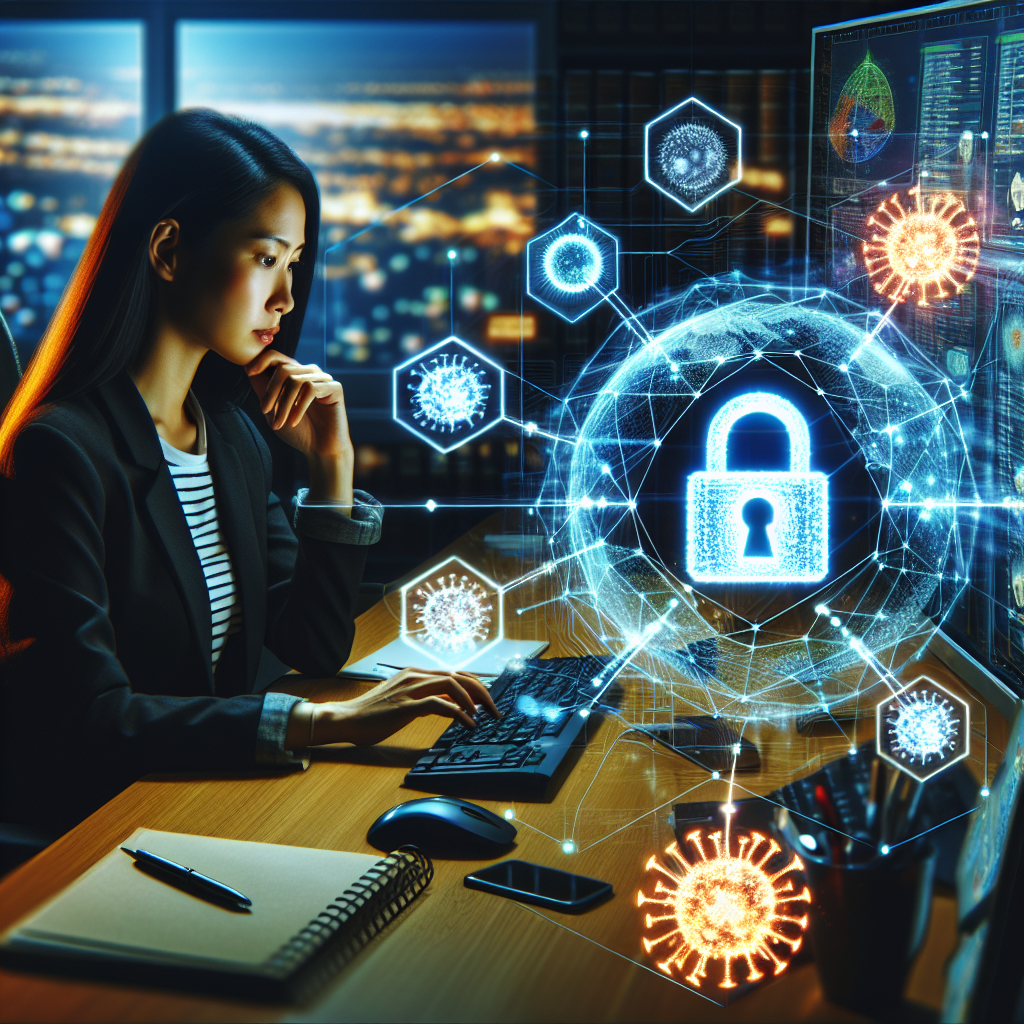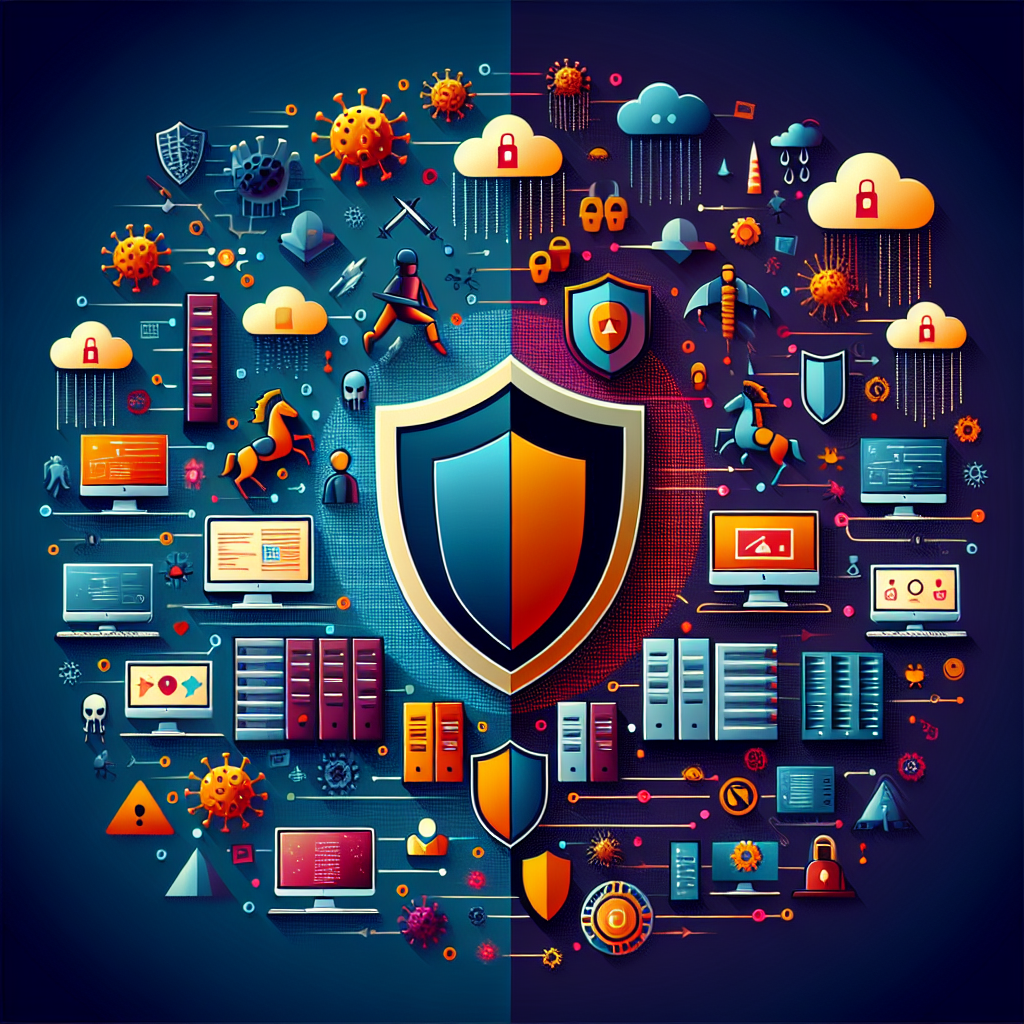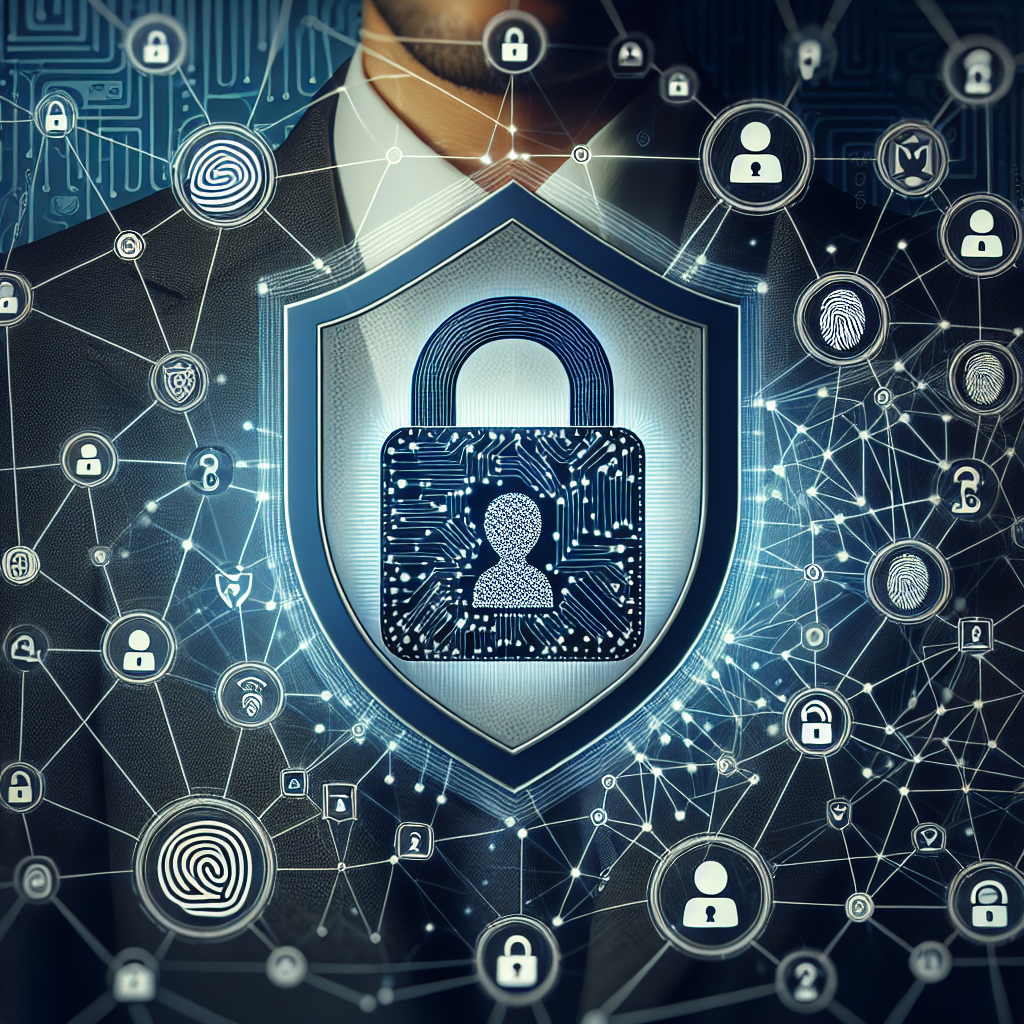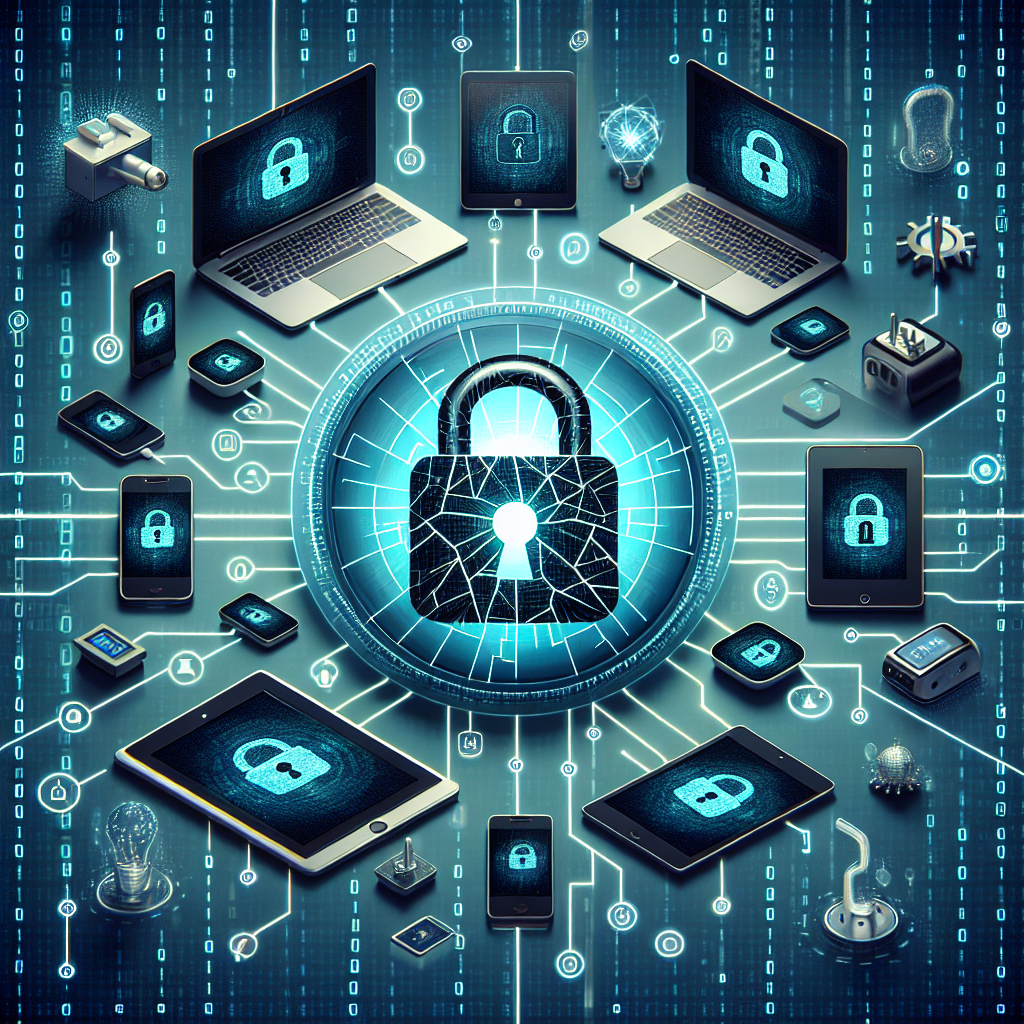In today’s digital age, cybersecurity has become more important than ever. With the rise of cyber threats and attacks, it’s crucial for individuals and businesses to understand the basics of online security in order to protect themselves from potential risks.
One of the first things to understand about cybersecurity is the importance of strong passwords. A strong password should be at least 8 characters long and include a combination of letters, numbers, and special characters. It’s also important to avoid using easily guessable passwords, such as “123456” or “password.”
Another important aspect of online security is keeping your software and devices up to date. Software updates often contain patches for security vulnerabilities, so it’s important to regularly update your operating system, web browsers, and other software to protect against potential threats.
It’s also crucial to be cautious when sharing personal information online. Be wary of phishing emails and messages that may try to trick you into revealing sensitive information. Always verify the sender’s identity before clicking on any links or providing any personal information.
In addition, using antivirus software and firewalls can help protect your devices from malware and other malicious software. These security tools can help detect and prevent unauthorized access to your devices and data.
Lastly, it’s important to regularly back up your data. In the event of a cyber attack or data breach, having backups of your important files can help you recover quickly and minimize the impact of the attack.
By understanding and implementing these basic principles of cybersecurity, you can better protect yourself and your information from potential online threats. Stay vigilant and proactive in your online security practices to ensure a safe and secure online experience.
